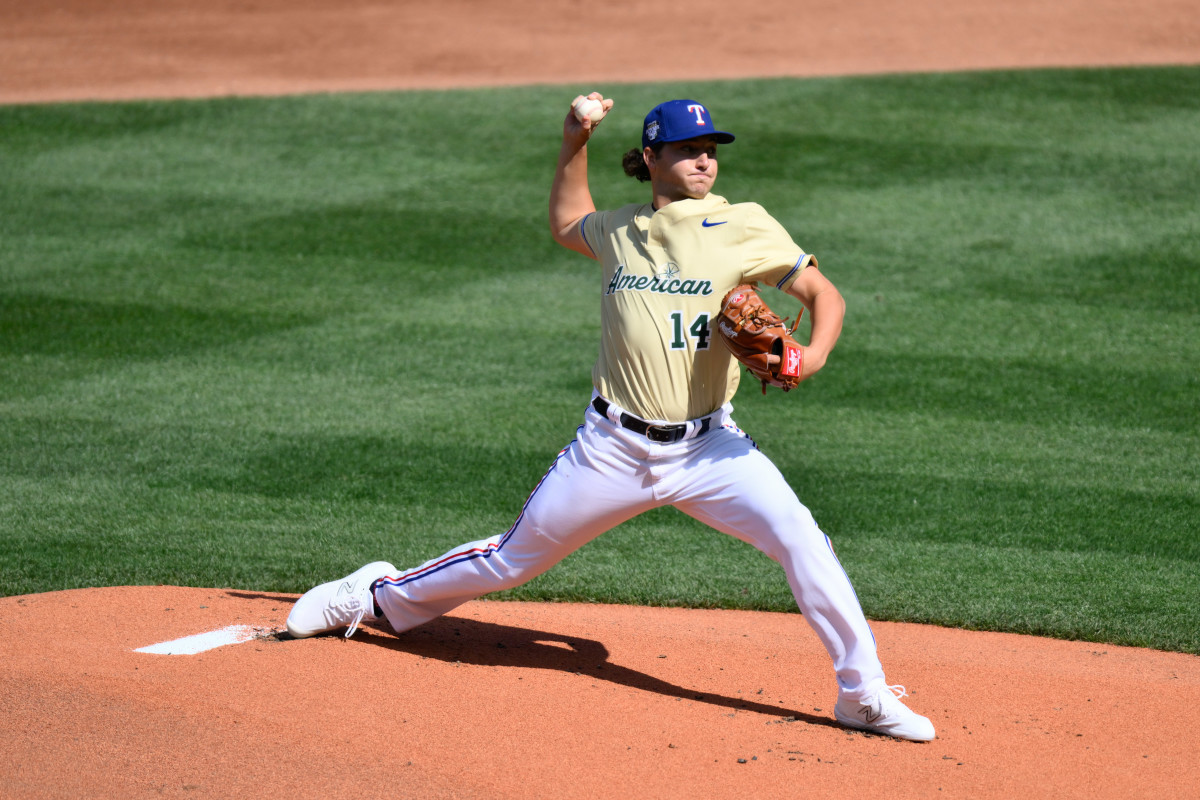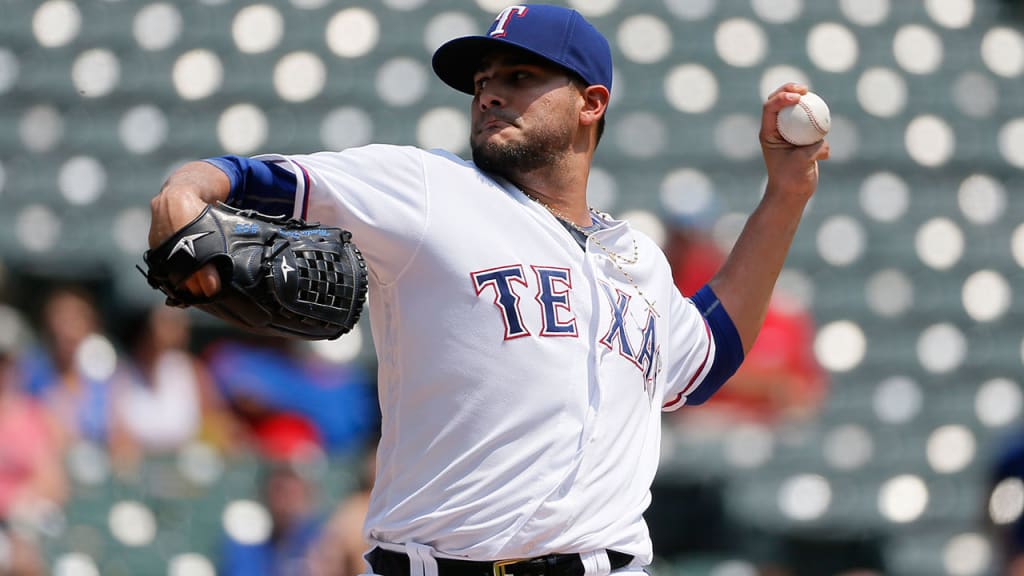As March rolls in and baseball fans start feeling that familiar itch for the crack of the bat and the smack of the glove, the Texas Rangers are gearing up for their first taste of action in the Cactus League. They’ve tapped Dane Dunning to lead the charge against the Kansas City Royals, kicking off what promises to be an interesting preseason.
But beneath the surface of this initial matchup lies a deeper tale of strategy, opportunities, and the unpredictable nature of spring training. Let’s dig into what the Rangers have up their sleeve for their pitching lineup and how it could shape their season.
Dane Dunning is set to start for the Rangers in the Cactus League opener, a nod to his contributions and potential within the team’s pitching corps. Dunning, with experience and a calm demeanor on the mound, is looking to set a positive tone for the Rangers as they face off against the Royals. His performance in spring training could be a precursor to his role during the regular season, as he aims to solidify his spot in the Rangers’ rotation.
Following Dunning in the opener will be Cody Bradford, taking the mound for a scheduled one-inning stint. Bradford, while perhaps less familiar to some fans, remains a significant figure to watch.
His inclusion directly after Dunning is no accident; it’s a clear signal from the Rangers’ management that Bradford is a strong contender for a spot in the starting rotation. This appearance is more than just an inning of work—it’s an audition in front of the team’s decision-makers.

Not far behind in the rotation for subsequent games are notable names like Nate Eovaldi and Jon Gray. Eovaldi, in particular, stands out as the front-runner for the prestigious Opening Day starter role.
His seasoned arm and experience in high-pressure games make him a prime candidate to lead the Rangers as they embark on the new season. However, the story doesn’t end with just these pitchers.
The arrangement of spring training rotations comes with a cautionary note: they are subject to change. Just last year, the Rangers and other teams saw their best-laid plans upended by unexpected injuries and performance shifts, reminding everyone involved that flexibility is key.

This year, the team is prepared to use B games and minor league matches as opportunities to adjust their pitcher scheduling as needed. These alternative games provide a crucial safety valve, allowing the Rangers to evaluate players in different settings and manage their workloads more effectively.
As fans eagerly watch the Rangers take the field against the Royals, the subplots are abundant. Dunning’s start, Bradford’s follow-up, and the strategic placement of pitchers like Eovaldi and Gray are all part of a larger tapestry.
This spring training, with its scheduled and unscheduled opportunities, is less about individual performances and more about the team’s holistic approach to building a winning season. With each pitch thrown, the Rangers are not just testing their arms—they’re shaping their future.
